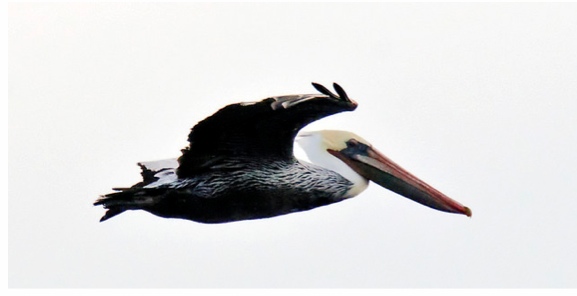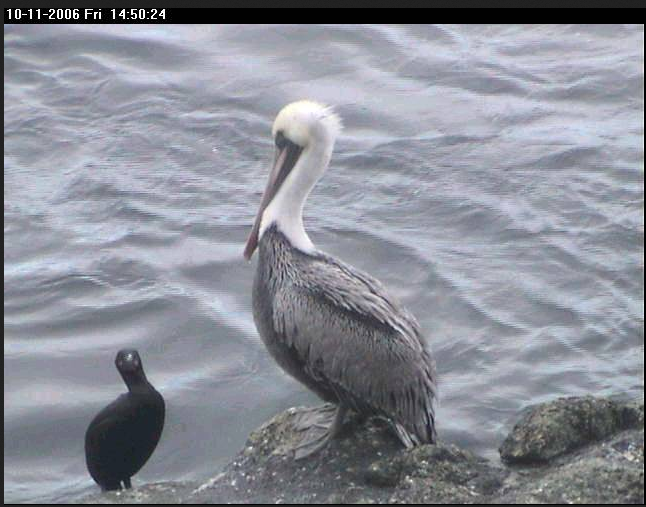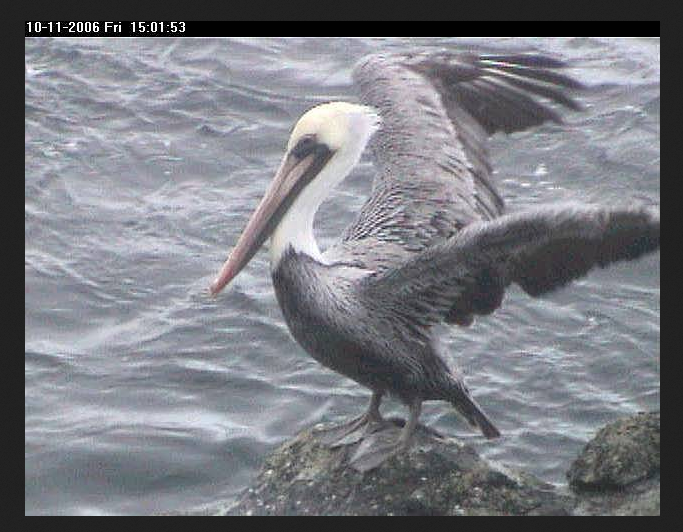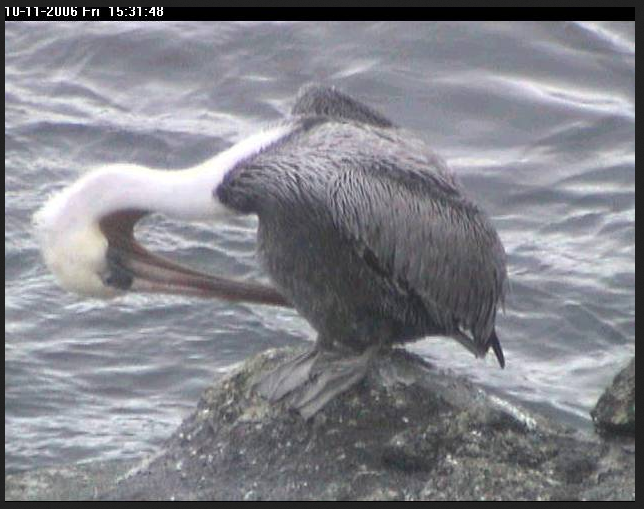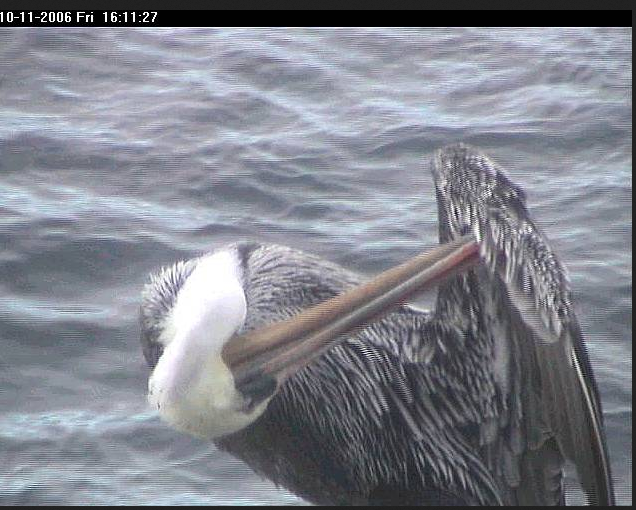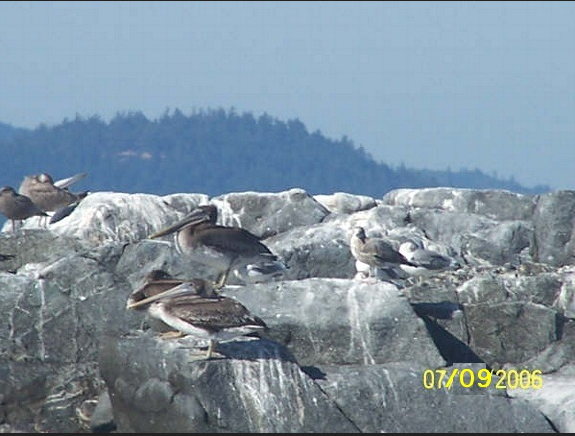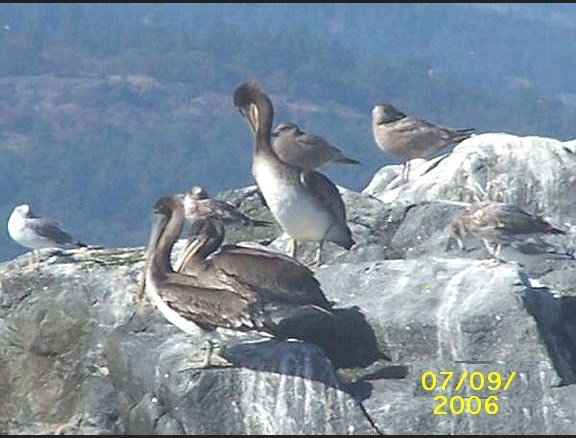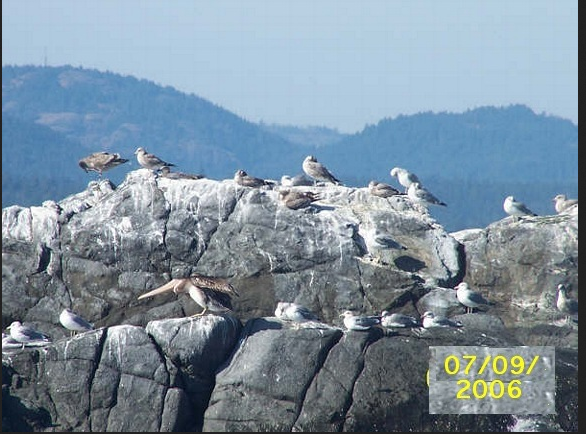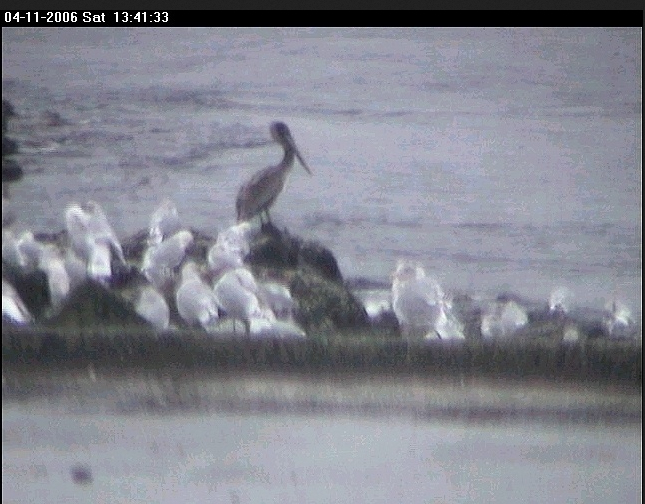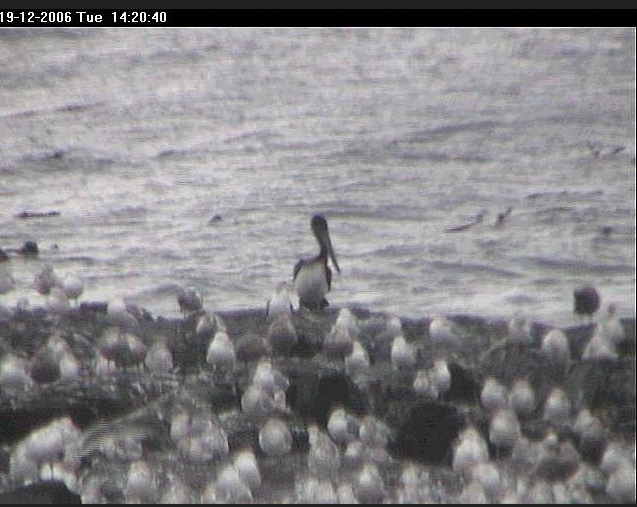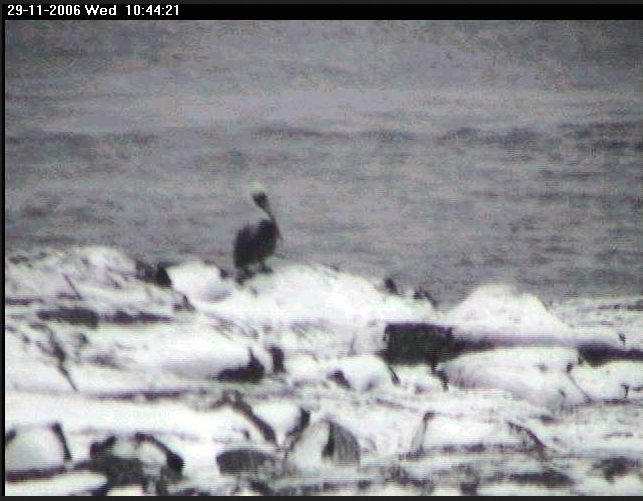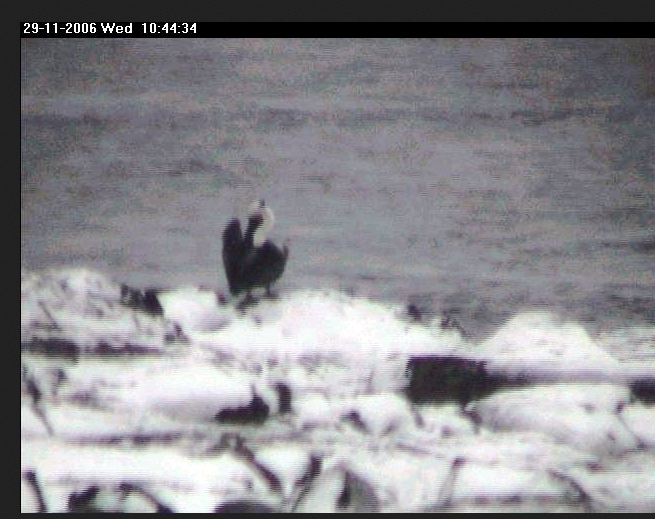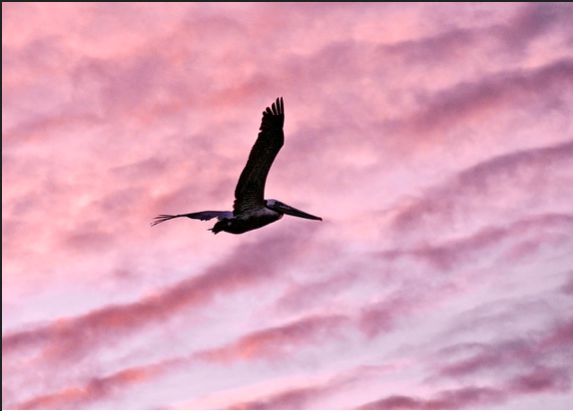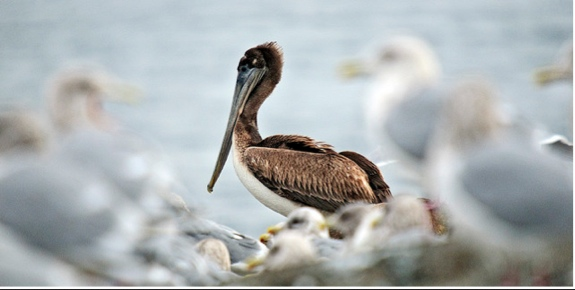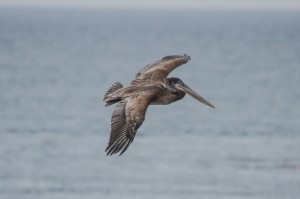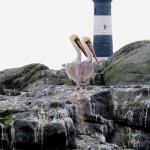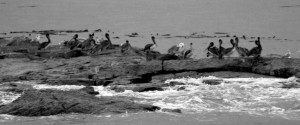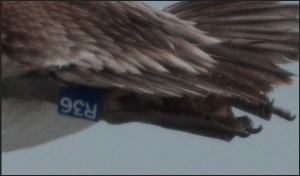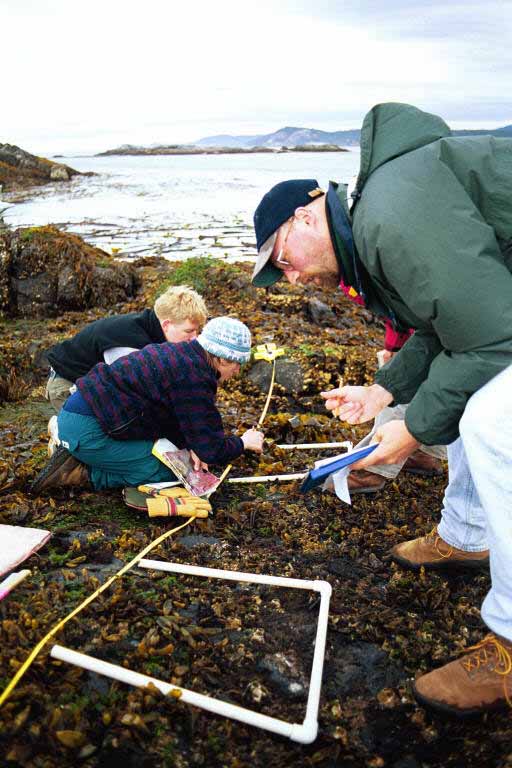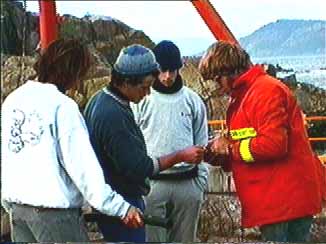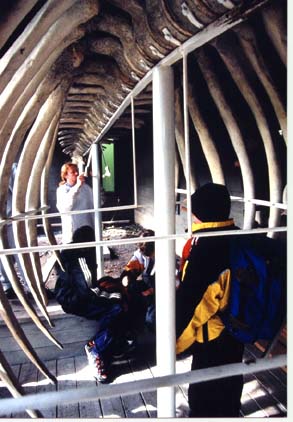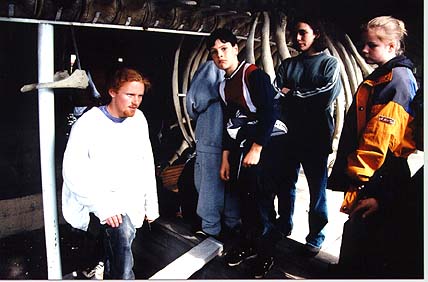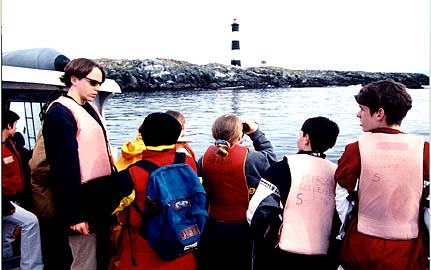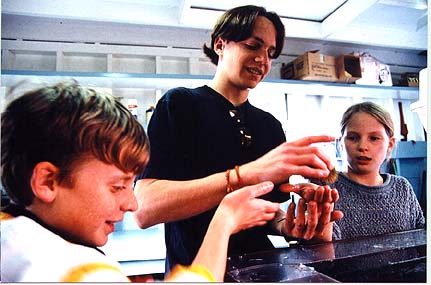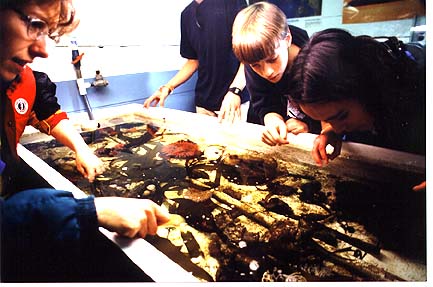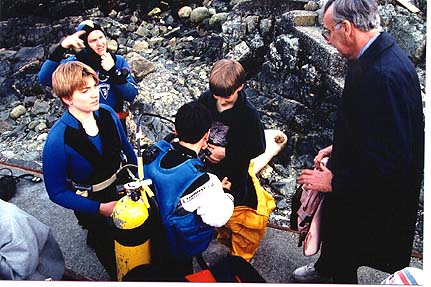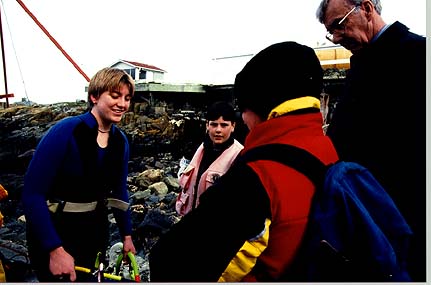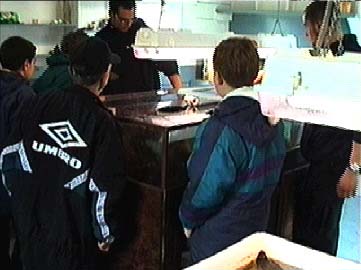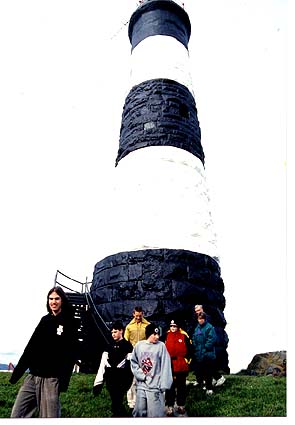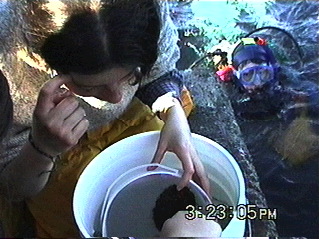A Proposal for RACE ROCKS ECOLOGICAL RESERVE: Technology for Sustainability
CONTENTS:
STEWARDSHIP OF A PRICELESS RESOURCE: A window into a unique remote natural world exists on the south western tip of Canada.The Race Rocks archipelago of 9 small islands and a central island dominated by a 137 year old lighthouse was made an ecological reserve in 1980. Under the stewardship of staff and students of Lester B. Pearson College of the Pacific it was designated to serve as an area for research and education as well as preservation of a rare assemblage of marine organisms. Almost 20 years later, Pearson College has taken on responsibility for managing the islands and the reserve, and providing for continued staffing on the now automated light station.
Central to this proposal is the concept that the International students on scholarship from 83 countries at Lester B. Pearson College will benefit greatly by the ability to continue to use Race Rocks as an educational resource. Moreover they will be able to be involved in operating this project as a model for ecological stewardship that they will be able to take back with them and apply to sensitive areas in their own countries. The potential for a global network of such education and research areas has exciting possibilities.
BUILD IT AND THEY WILL COME– ELECTRONICALLY! With our new responsibilities come a determination to make this unique resource available to the world while at the same time preserving its fragile wild ecosystems. In October of 1992 we had the experience of assisting with the broadcast from Race Rocks of 24 programs in the Underwater Safari television series. We reached by satellite, microwave and cable technology the classrooms and science centers across the nation. Now we have decided to use internet communication technologies to accomplish this task on a wider global scale and a regular basis. The following proposal puts forth some of the wide range of possibilities that could help us to succeed inthis challenging task over the next few years.
THE INTERNET AS A DELIVERY SYSTEM: Central to this plan is internet connectivity from the island of Great Race Rocks via appropriate microwave and/or Satellite technology. This prototype could be a valuable experiment in the provision of educational research images,sound and video to educational institutions around the world. Moreover it would be a valuable model for others to use in the stewardship process with unique and endangered environments.
TIDEPOOL MONITORING: N.J. Berril, one of the fathers of marine science in Canada said “If you look into a tidepool and comprehend what you see, you are observing the universe”. We have found in the biology and environmental systems classes at the college,that the tidepools at Race Rocks are a valuable asset for modeling ecosystems. There are a number of these pools of varying sizes and proximity to the water on the South West corner of the island. The physical factors of these pools such as salinity and temperature, fluctuate widely each day. Being able to monitor these changes continuously will lead to a better understanding of the dynamics of the systems. We can envisage electronic monitors that could be installed in certain tidepools that could lead to unique opportunities for students and researchers to pursue studies. It would also be possible to offer a visual image of these pools with the installation of a video imaging system underwater in a pool.
ROBOTIC VIDEO FROM THE LIGHT TOWER: With a series of robotic video cameras installed on the light tower and at other locations around the island, we could attain the possibility of an unrestricted panoramic view of the reserve. These cameras could be controlled by the operator on internet, and the following applications could result:
a) monitoring the marine mammal colonies. Year round there are always some marine mammals in the reserve. The elephant seal population has recently increased , with a possibility that they may form a new breeding colony.
b) Harbour seals are year round residents. Images of delivery of seal pups on the rocky shore right below the tower, and nursing mothers in the shallow water would afford a great advantage for the study of seal behavior.
c) The hundreds of California and Northern Sea lions that frequent the area from fall to spring would be a constant source of interest for internet visitors who could direct robotic cameras to zoom in on the constant activity in the haul out colonies. Feeding in the nearby waters that attracts flocks of birds could also be seen.
d) Orca whales frequent the area and would be visible from cameras scanning the surrounding ocean .
e) Four species of Marine birds: Pelagic Cormorants, Black Oystercatchers, Pigeon Guillemots and Glaucous Winged Gulls nest on the central island of Great Race Rocks. Video coverage of all stages of foraging , courtship and nesting behavior would be possible. Bird predation by frequently visiting bald eagles and falcons could be followed also. In addition , throughout the winter months overwintering populations of sea birds may be observed on the islands.
f) Security of the reserve could be enhanced greatly by cameras with robotic control. Both open ocean and Intertidal resources are at risk.
g) Continual observation of sea conditions would be possible for the environment weather service.
OCEANOGRAPHIC MEASUREMENTS: Daily measurements of salinity, (since 1936 ) and temperature ( since 1927) have proven invaluable for oceanographic research. We propose to add to this, sea state, and tide and current readings , all available in real time ,as well as in long term records.
UNDERWATER VIDEO RETRIEVAL SYSTEM: The staff and students of the Diving Service at Lester Pearson College have since 1980 been assisting other researchers in the reserve and doing regular monitoring of some of the basic features of the reserve. We have the capability to establish an electronic data bank, accessible by internet , of some of the footage of the organisms underwater at Race Rocks. This will serve as a valuable resource for those studying biodiversity and behavior of marine life. This footage could be updated frequently by our divers asthey do surveys in the reserve. Seasonal changes could be accounted for and a series of baseline ecosystem images could be established .
DEEP UNDERWATER ACCESS: In areas of the reserve too deep for regular diving, footage could be obtained from remotely operated vehicles. When linked to image maps of the reserve this footage could reveal a fascinating account of the underwater ecosystems. Arrangements through existing groups including the military who operate these vehicles should be possible to arrange.
HYDROPHONE RECORDING: Several years ago we participated with whale researchers in helping to install a hydrophone in the water off race rocks. This experience pointed to the possibility of having real time audio available from the underwater world of the islands.Killer whale vocalizations, as well as the murmur of other sounds of fish and invertebrates underwater could be a valuable addition to the web site.
ATMOSPHERIC DATA GATHERING: For many years, the light station served as a meteorological station.. Wind speeds are still transmitted to the weather forecasting services. Real time recording of a number of physical factors could be obtainable by internet. UV radiation,temperature, humidity, sunlight, precipitation and wind speeds could all be included in an array of data.
THE ALTERNATE ENERGY AND WASTE DISPOSAL TECHNOLOGIES: Recently the light and foghorn underwent conversion to Solar energy. We aim to seek an array of solar and wind technologies to be installed to make the island totally energy self sufficient. These energy generators could be monitored on a comparison basis so that a constant set of data on relative efficiencies was available to the internet site. There also exists the possibility of energy from the constant currents running past the island. This would not be an easy task but would be something to investigate for the long term. In addition, a number of technologies could be employed to provide for complete waste recovery in the sewer system of the station so that it no longer discharges into the ecological reserve.
Garry Fletcher: Pearson College faculty member in biology, environmental systems and the CoastWatch program.
November 4, 1997
Return to Contents |

